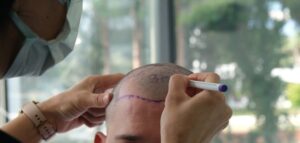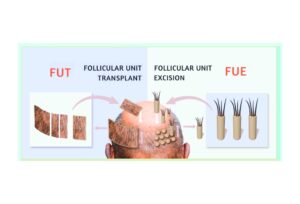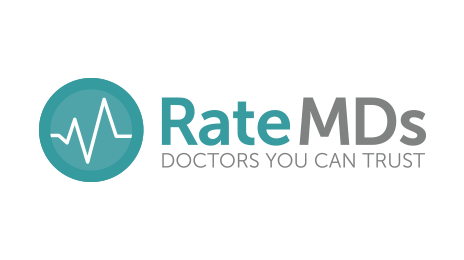We discuss PRP Injections a lot on our blog posts, and thats because its a very popular procedure for hair loss, and many other medical issues, including wound and soft tissue healing. If you deal with pain, arthritis or injuries, you might also use Platelet Rich Plasma Injections. PRP treatments work by supplying injured areas with natural proteins, cytokines, stem cells and other bioactive growth factors.
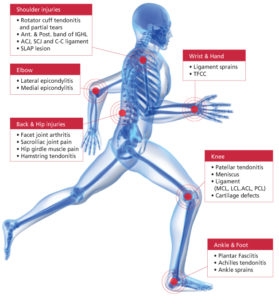
When Did PRP Begin?
In the early 1990s, physicians began using various prolotherapy injections in dental treatments, periodontal surgeries, cosmetic surgeries and skin grafting treatments. Then starting around the early 2000s, the use of PRP in prolotherapy, which utilizes a patient’s own blood platelets and growth factors, expanded into orthopedic treatments— including those aimed at reducing joint deterioration, damaged tissue fibers and chronic pain.
What are PRP Injections Most Often Used For?
- Arthritis or osteoarthritis, especially those with degenerative knee cartilage
- A torn ligament
- Tendonitis
- A bulging or herniated disc
- Injuries due to sports or exercising (such “tennis elbow,” plantar fasciitis in runners, or common injuries affecting the rotator cuff)
- Sacroiliac problems
- Sciatica/sciatic nerve pain
- Common hand injuries experienced by younger and middle-aged adults, such as carpal tunnel syndrome, Skier’s or “Gamekeepers” thumb and “Texting thumb”
- Chronic pain in any susceptible area such as the neck, lower back, knees or shoulders
- Instability, loss of balance, stiffness and loss of flexibility/range of motion
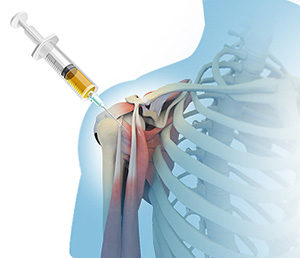
What Facts do we Know About PRP?
- PRP substance is injected into the affected tissue (joints, ligaments or tendons, for example), which leads to local inflammation and a “wound healing cascade” resulting in: deposition of new collagen, plus healing initiated and controlled by bioactive proteins found in platelets, plasma and white blood cells.
- Some PRP treatments also inject high concentrations of stem cells into the affected area (more on this below).
- New collagen shrinks as it matures, and this tightens the damaged ligament or tendon, making it stronger (similarly to how collagen helps tighten aging, sagging skin).
- PRP substance is very different than an ordinary blood sample because it contains much higher concentrations of platelets and cell ratios (for example “normal blood” has about 6 percent platelets while PRP has about 94 percent). Platelets contain a number of proteins, cytokines and other bioactive factors that initiate and regulate basic aspects of natural wound healing, including those of the skin, connective tissue, etc.
- Research shows that growth factors in PRP help stimulate cell replication, proliferation of myoblasts, vascular endothelial growth, and insulin-like growth factor-1 that carry out repair of skeletal and muscular structures. The main growth factors found in PRP include: platelet-derived, angiongensis, fibroblast, hepatocyte, insulin-like, epidermal and transforming factors. Three plasma proteins (fibrin, fibronectin and vitronectin) also contribute to the body’s repair matrix.
If you’re wondering if PRP Injections could fit into your hair restoration plans,



